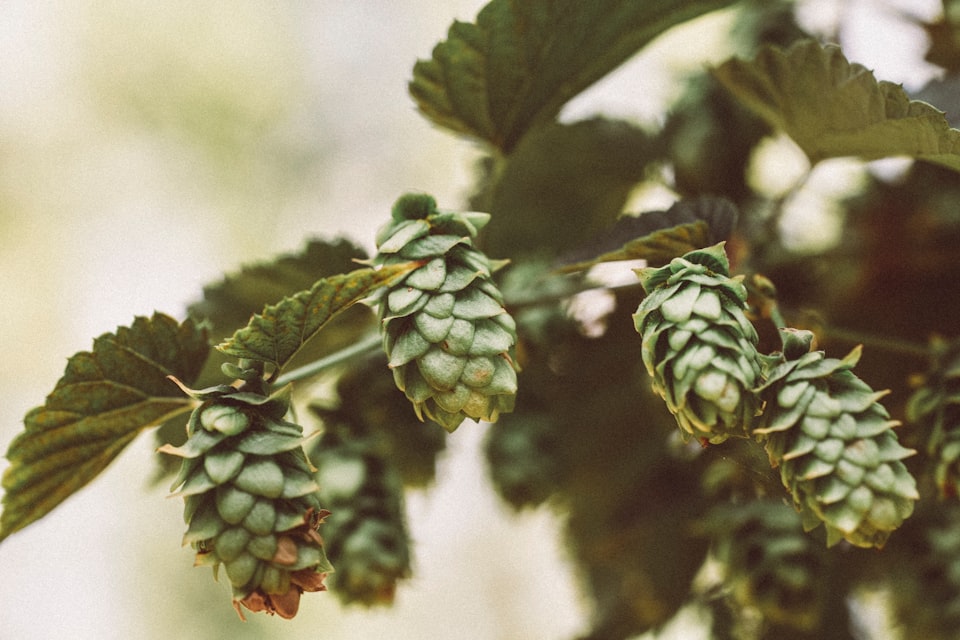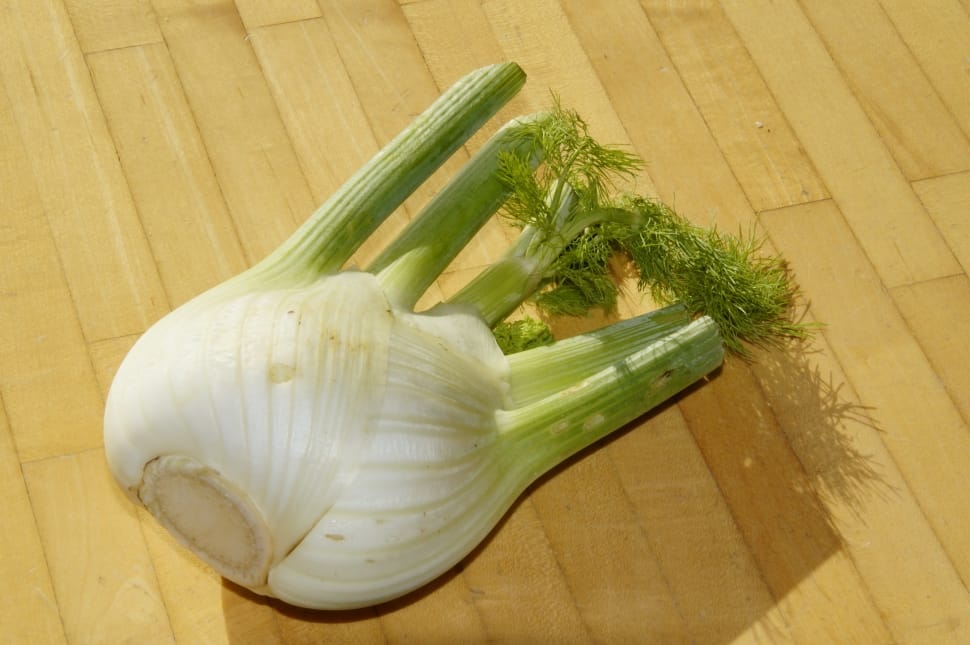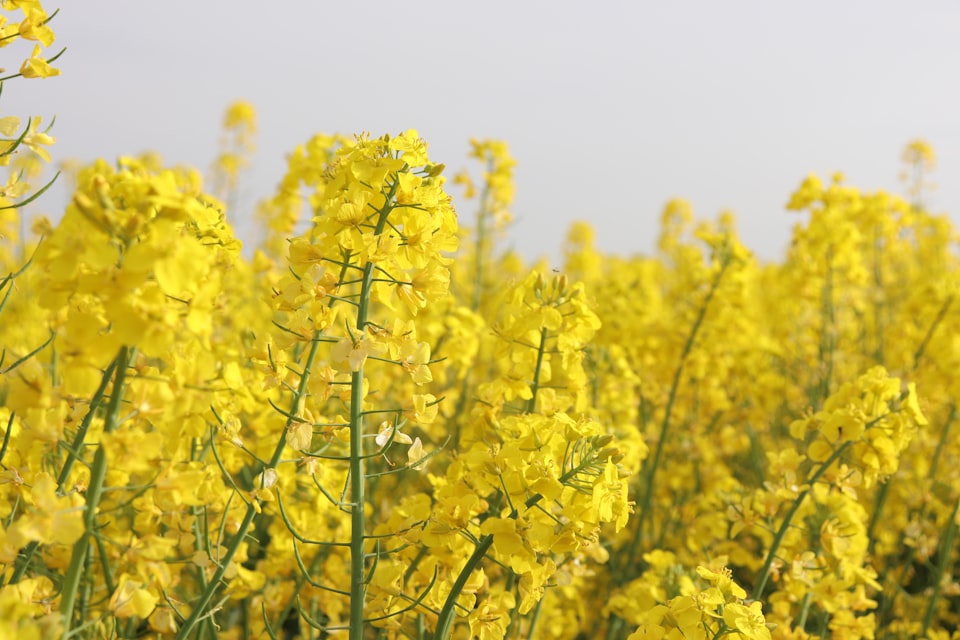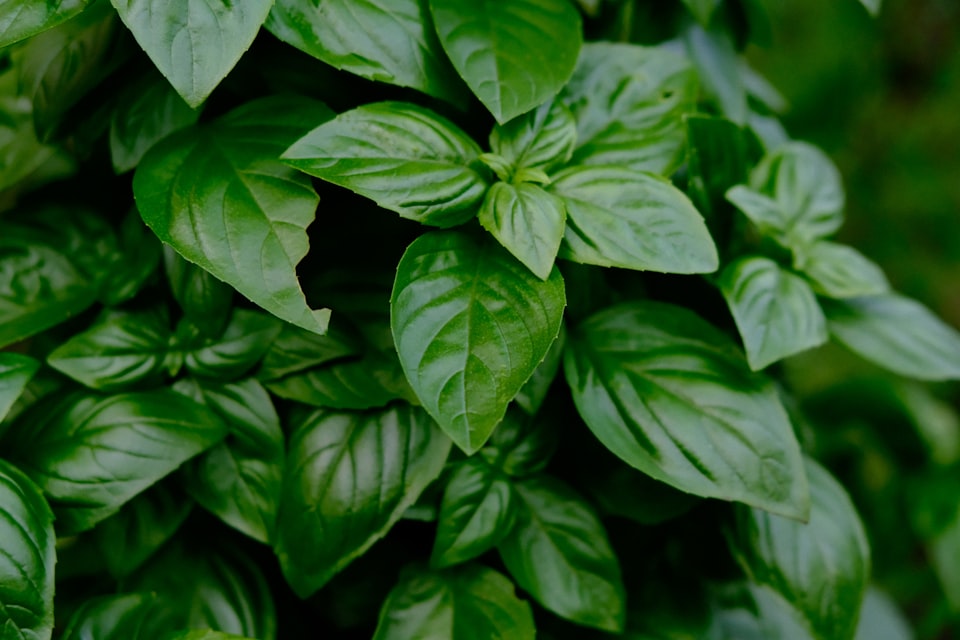II: Chamomile
How chamomile tea makes some people drowsy.

Good morning. Today is duodi, the 22nd of Prairial, Year CCXXXI. We celebrate la camomille, another flower that can lead to drowsiness.
Herbal benefits are tricky to measure or verify, and the reason why relates to the underlying reason there's no one-size-fits-all diet plan for, say, losing weight, either. Targeted chemicals in a pharmaceutically manufactured pill may be able to target our bodies in highly specific ways, but food, and its mysterious pathways through all our various organs and systems, is much more variant from person to person. There's a booming subset of organic chemistry known as "neutraceuticals" that's attempting to investigate the dietary chemistry of vegetables, fruits, meats, and other unadulterated foods. And few herbs have been investigated as deeply as chamomile.



